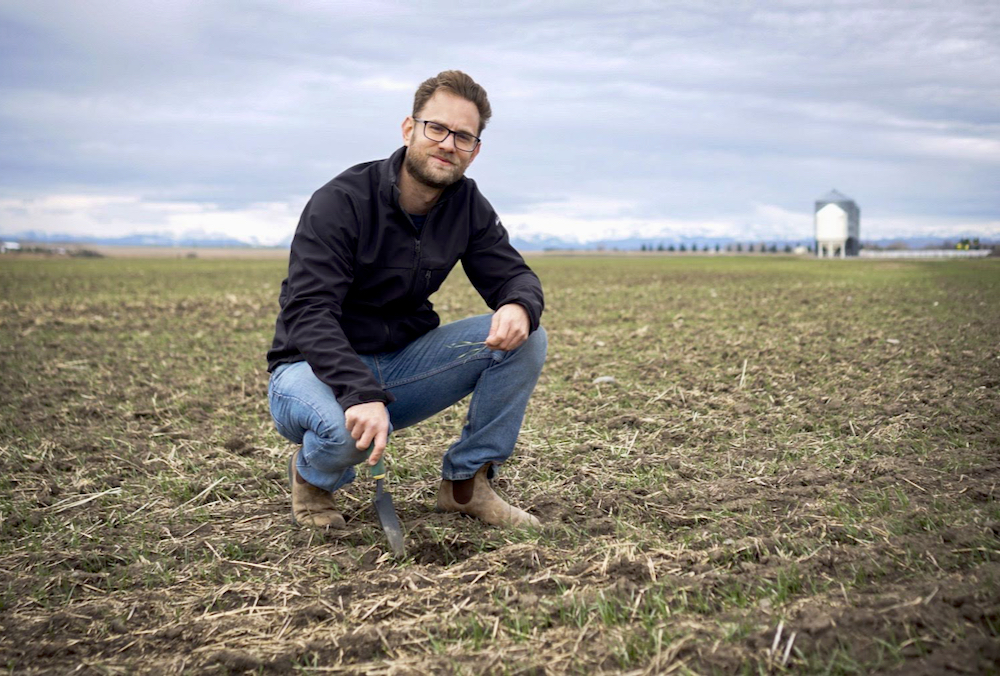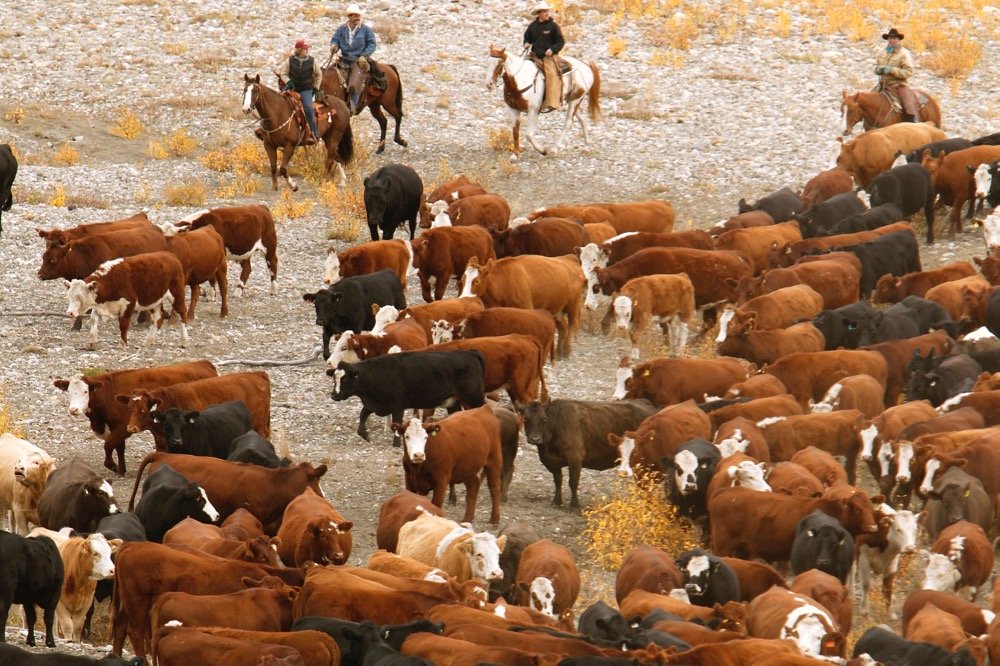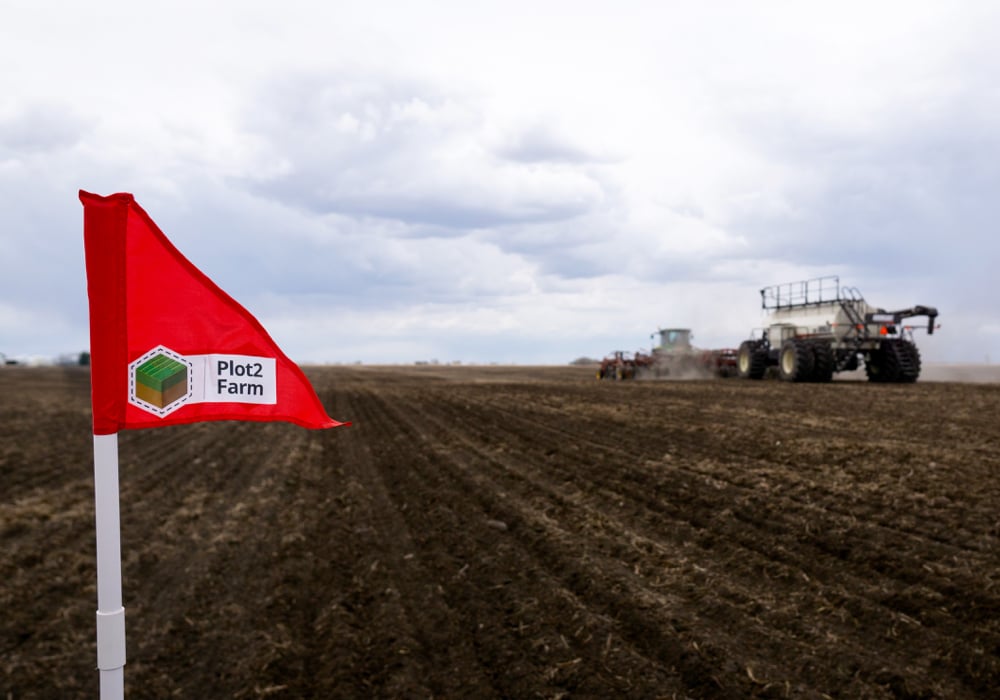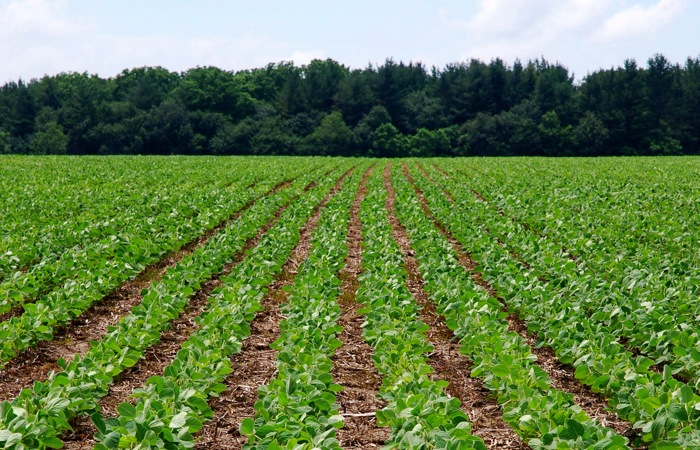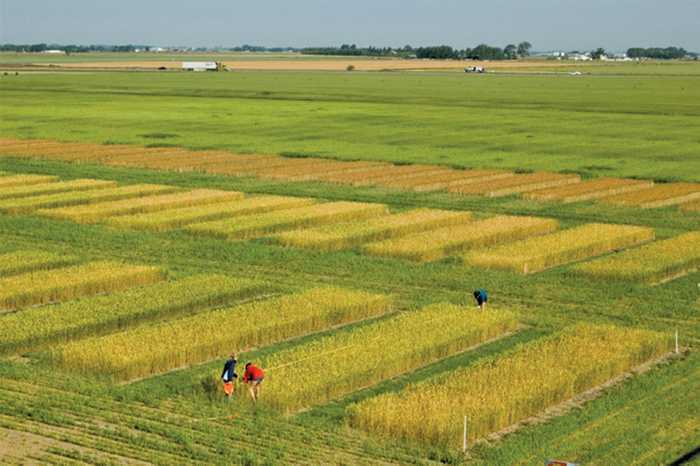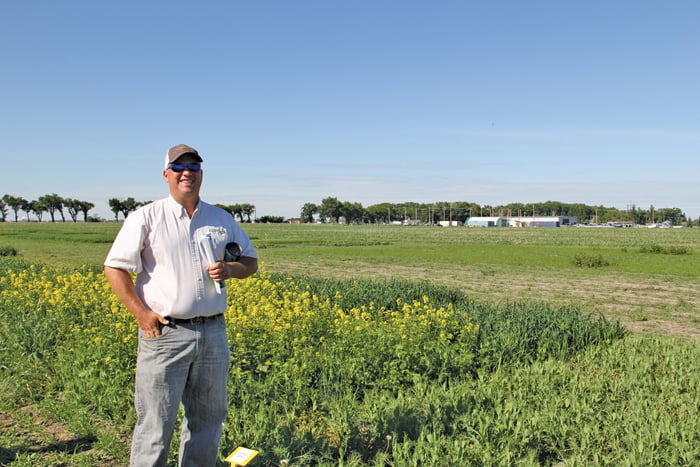Do on-farm trials make a difference when applying research to real life?
Several of the province’s crop commissions think so.
Even when research results seem clear cut, things can get complicated when farmers try to apply them on the farm, says Jeremy Boychyn, agronomy research extension specialist with Alberta Wheat and Alberta Barley.
Read Also

Grain farming’s hard times expected to continue
Rabobank says it will be two more years before North American grain farmers achieve break-even due to “monster” supplies and “sticky” crop input prices.
Boychyn points to an example from the inaugural year of the commissions’ Plot2Farm program in 2020.
“We worked with a producer in the Olds area, and he was looking at changing varieties,” said Boychyn. “Changing varieties can be a daunting task. He had this variety that he’d been using for years and was very successful, but we know the industry has been putting out some quality new varieties. Do you move away from what has given you good results in the past?”
The farmer had been planting AC Foremost, a variety registered in 1995 – practically an ancient grain compared to ACC Goodwin, the 2017 variety it competed against in the trial.
[RELATED] They don’t wear lab coats but more farmers doing on-farm research
On paper, it was a mismatch. Thanks to high yield and protein content along with a robust disease resistance package, the new kid should have wiped the floor with the old man.
But the reverse was true. Foremost yielded 123 bushels an acre, versus 100 for Goodwin. Its protein levels were only slightly lower and it was a saw-off on the disease front. Goodwin also took an extra four to five days to mature.
The results were solid, albeit reflective of only one year. There were four replications of the trial and it was strictly apples to apples in terms of variables and exact measurements taken from seeding to harvesting.
“It provided the farmer with solid results, at least for that year, to make the decision of maintaining his current variety,” said Boychyn. “It was a bit of work, but the results were strong.”
On-farm trials work just as well for testing a wide range of management practices such as seeding rates, use of plant growth regulators, enhanced efficiency fertilizers and row spacing. The goal is to generate results that help farmers well into the future, said Boychyn.
“We are not trying to replace small plot research with large-scale farm trials,” he said. “I think where on-farm research really provides value for farmers is, first off, providing that framework for being able to ask questions.
“We will be building a strong library of comparisons of best management practices and variety comparisons in specific regions of the province that producers can refer to, even if they haven’t done a trial.”

Last year, Plot2Farm conducted a comparison between narrow rows (5.5-inch) and wide rows (7.5-inch ) in spring wheat. Producers who deal with excess residue, and didn’t want to use tillage, wanted to see the impact of wider spacing on yield.
“We saw a slight but significant reduction in yield when we went to the wider row spacing,” said Boychyn. “The farmers recognized that, and we did that same trial this year in a different location in Alberta with a different farmer. Raw data is showing similar results.”
Plot2Farm applications for the 2023 season are now open at albertawheatbarley.com/plot2farm.
Launched in 2017, the Alberta Pulse Growers’ Plot to Field program tests small plot outcomes on farms across the province.
Small plots are challenging to assess for various reasons, including geographic variability and logistics, said Jagroop Gill Kahlon, a research and development officer with Alberta Pulse.
“The statistical analysis on the data we collected still remains to be done,” she said. “That’s what we are accomplishing this fall. We tried to test seeding rates, which was a long-time suggestion with Alberta Agriculture.
“We tried to see if there was an effect on yield, and it was done throughout the province for two years. It seems to confirm that whatever the government of Alberta said 20 years ago is still working.”
The organization is also testing insecticides to see when they make sense.
“That was done as a particular layer to the seeding rate experiment and we are waiting for the results, but it will break down to tell us when it’s logical and economical on large field scale, which I’m pretty excited about,” said Kahlon.
The Plot to Field program is also conducting multi-year trials; one on intercropping of peas and canola and another on seeding rates for lentils. There are 15 farmers involved.

